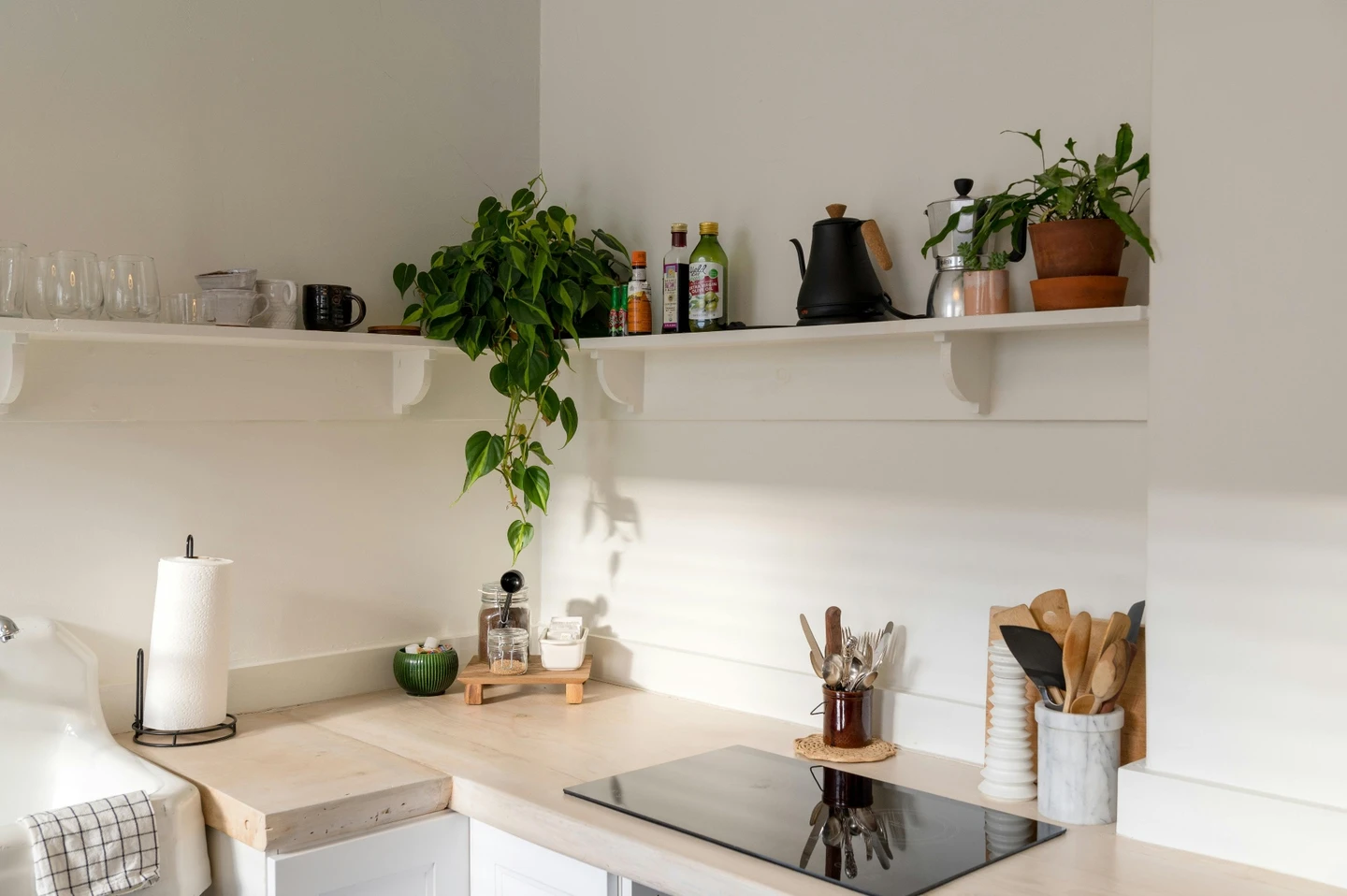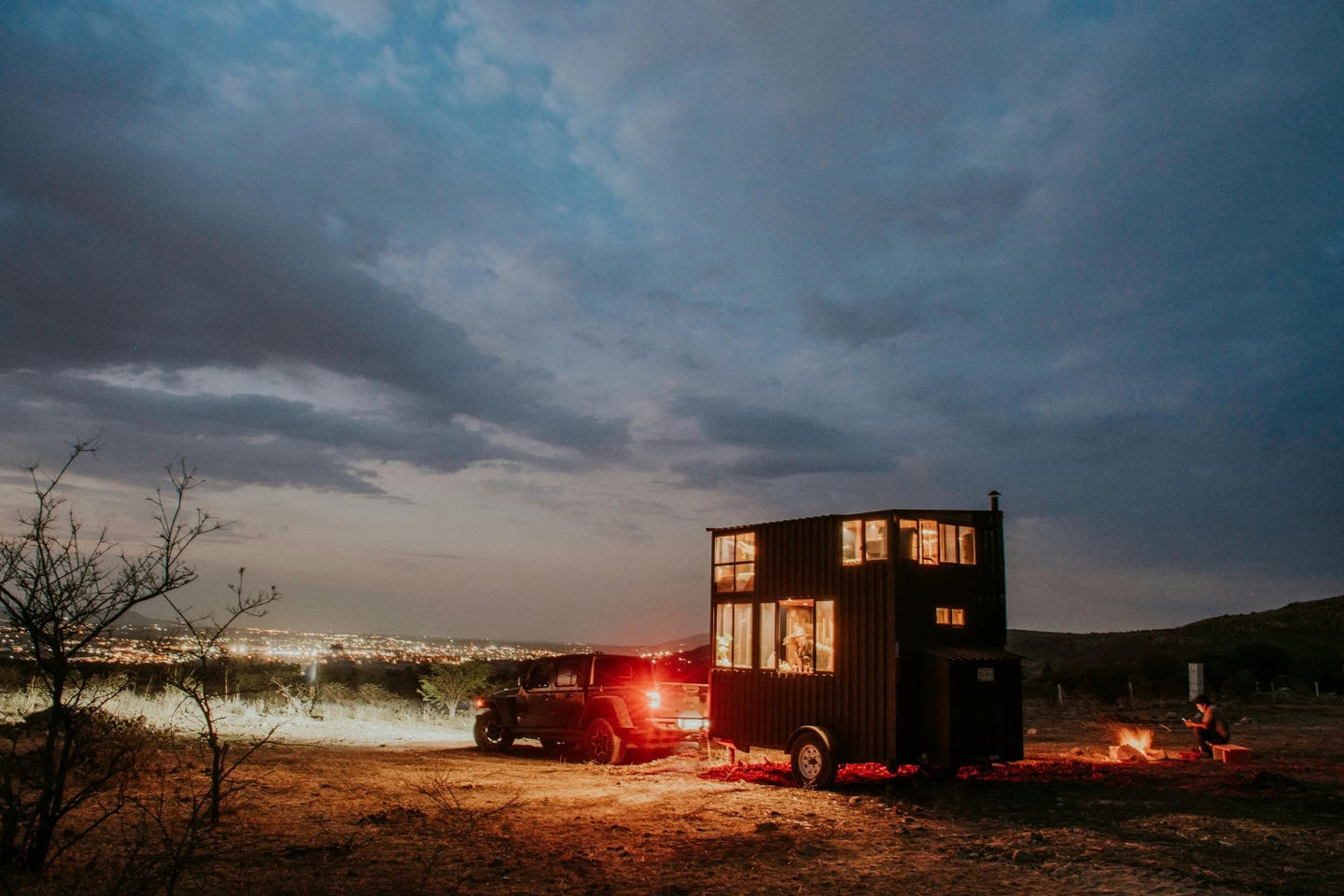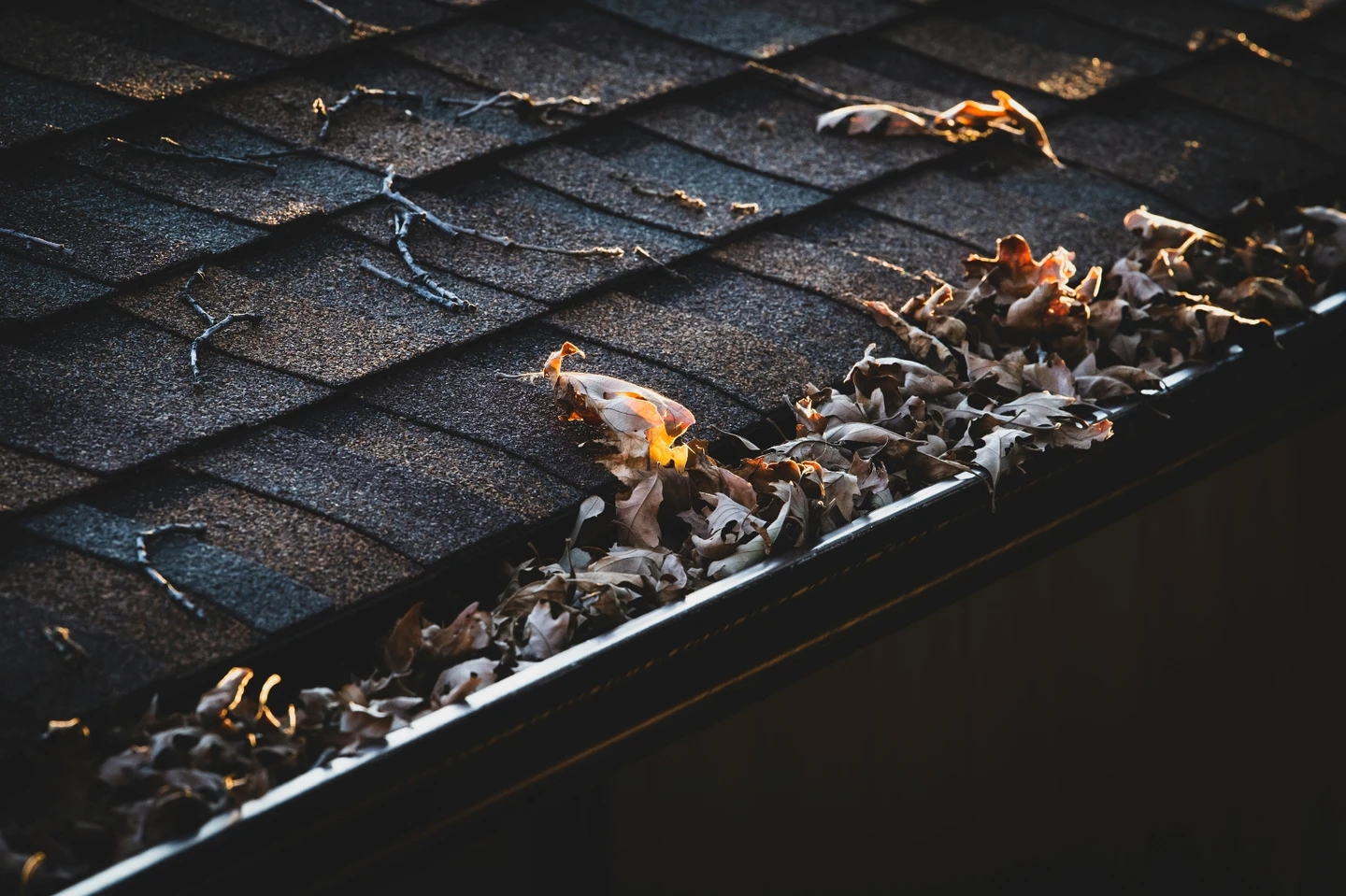How much does a tiny home cost in 2026, what price should you expect?

A tiny home offers an affordable, eco-friendly, and minimalist housing solution that is growing in popularity in Canada.
These properties attract buyers with their accessibility and low environmental impact, appealing to future homeowners seeking simplicity. However, as with any real estate investment, careful budget planning and consideration of all associated costs are essential to accurately evaluate the price of a tiny home.
Vistoo explains what you need to know before embarking on such a project!
What is a tiny home?
As the name suggests, a tiny home is a small-sized residence, typically ranging from 300 to 1,000 square feet. It is designed to maximize space efficiency while encouraging a minimalist lifestyle.
Tiny homes can be built on traditional foundations or mounted on trailers for greater mobility. They often feature smart designs that optimize storage and reduce energy needs. Their low environmental impact makes them increasingly appealing to buyers interested in sustainable living without sacrificing comfort.

The initial cost of a tiny house
Tiny homes can vary in size, design, and materials, affecting their initial cost.
Turnkey tiny homes generally cost between $65,000 and $180,000, including essentials such as foundations, insulation, and electrical systems.
Prefabricated homes can cost as little as $40,000, offering a more affordable option. However, these require construction skills for assembly.
In any case, "tiny home" often translates to "tiny price," providing an accessible housing solution tailored to buyers' needs.
Land and infrastructure costs
Maintenance costs for a tiny home

While tiny homes require regular upkeep, their smaller size and often less expensive materials mean maintenance costs are generally lower than traditional homes.
It's also wise to budget for occasional tasks like gutter cleaning, exterior painting, and plumbing or electrical system maintenance. Proper planning for these expenses ensures your tiny home remains in good condition and extends its longevity.
Tiny house or not, consider paying taxes
Tiny homes, often considered real estate properties, may be subject to property taxes that vary by municipality. These taxes are calculated based on property value and may include additional fees for municipal services.
Understanding the tax obligations in your area is crucial, as these costs can impact your overall budget. Knowing the applicable taxes will help you manage your finances more effectively.
Saving on tiny home costs
About the author
Yannick
Cloutier
Yannick has over 20 years of experience in real estate development, management, and sales. Passionate about real estate, he enjoys sharing his knowledge and finding innovative solutions to meet the needs of an ever-evolving market. As the owner of several businesses in the sector, he understands the challenges and opportunities of property management and maximizing property value.
